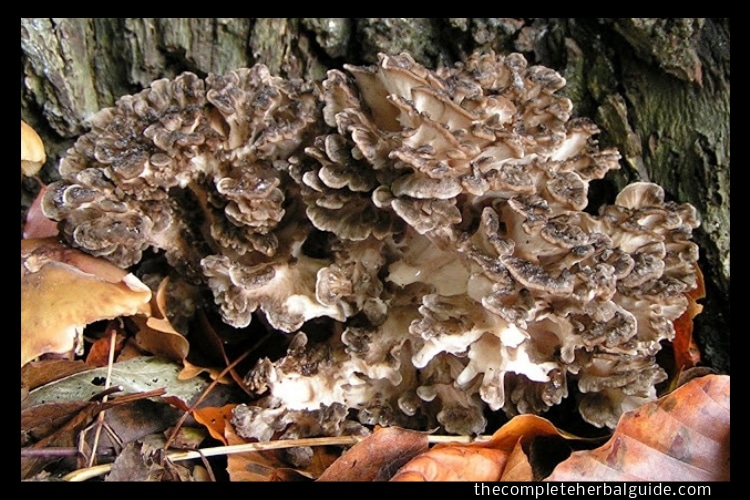
Medicinal Uses of Mentha
It is one of nature’s oldest and best-tasting home remedies for gas, nausea, heartburn, stomachaches and digestive problems. No home medicine cabinet should be without it! Used to heal gas, nausea, heartburn, stomachaches digestive problems and bad breath naturally.
Table of Contents
Plant Description
Plants of the genus Mentha are so numerous that it is sometimes difficult to distinguish the origins of the species, but mint has been known and appreciated since antiquity. Its name is derived from the name of a nymph, Minthe, who was seduced by Pluto, the ruler of the underworld, and whom the jealous Persephone turned into a lowly plant to be trodden underfoot. Pluto then turned her into a seedling (mint), knowing that people would appreciate her fragrance for years to come.
History
There is evidence that mint was cultivated by the Egyptians, and the Romans revered it so much that they are said to have introduced it from southern Europe (where it is sometimes said to have originated) to other parts of Europe. Medicinal interest in mint dates from the first century A.D., when it was recorded by the Roman naturalist, Pliny.
When cultivated, the plant is considered an annual that grows to a height of four feet, but it is long-lived, and if left in the ground, is likely to take over the whole garden in an irregular fashion, and so, it may also be considered a perennial when wild. The use of mint as a medicine is mentioned in the Icelandic Pharmacopoeias of the thirteenth century, and in Elizabethan times, more than forty ailments were reported to be remedied by mint. It is interesting to note that a seventeenth-century visitor to New England included mint on a list of plants that had been taken to the New World. However, the herb only appears to have arrived into the popular medicine of Western Europe by the eighteenth century.
Peppermint is said to be a hybrid of watermint and spearmint that was first cultivated near London in 1750, and although native to Europe, Peppermint is now cultivated throughout most of temperate North America and similar regions in other parts of the world, with the finest quality grown in the northwestern United States. Peppermint is a staple of the pharmaceutical and cosmetic industries and is used in the manufacture of cough syrups, pastilles, ointments, digestives, vapor rubs, toothpaste, mouthwashes, soaps, shampoos, and scents. It is also included as an important flavoring in liqueurs. Some of Peppermint’s chemical constituents include a volatile oil (containing menthol), rutin, tannin, alpha- and beta-carotene, acids, luteolin, Linalool, betaine, coumarin, calcium, choline, iron, magnesium, manganese, phosphorus, potassium, selenium, zinc, B-vitamins and vitamin E.
Medical Uses
Peppermint promotes good digestion and improves the appetite. Its foremost use as a medicine (in both home remedies and pharmaceutical preparations) is applied to relieve indigestion and the intestinal gas caused by certain foods; hence, its use in after-dinner mints and liqueurs. It relaxes the stomach muscles and promotes burping.
Some studies have shown that Peppermint lessens the amount of time food spends in the stomach by stimulating the gastric lining, and because Peppermint increases stomach acidity and stimulates the flow of bile, it helps to digest food before passing into the intestines and colon. This could make it especially useful in treating Crohn’s disease. Peppermint slightly anesthetizes the mucous membranes of the gastrointestinal tract, easing the discomforts of indigestion, including heartburn, hiccups, flatulence, and stomachache. Peppermint calms a queasy stomach and is good for nausea and vomiting. It is said to be especially calming for the lower bowel and has been helpful in relieving diarrhea and irritable bowel syndrome.
Treatment
As an antispasmodic, Peppermint is helpful in alleviating cramps, including menstrual cramps, and stomach pain, and it eases “griping” (sharp pains and grumbling in the bowel) caused by eating unripe fruit or irritating foods. In England, gastroenterologists spray diluted Peppermint oil directly on the instrument used for colonoscopy to prevent spasms.
Peppermint is a “nervine” that eases nervous agitation and anxiety. It has a calming effect on the entire body and can help soothe a nagging cough. Peppermint may help treat insomnia, and people with headaches have found Peppermint effective when they accompany it with a short nap.
Peppermint is a strongly aromatic and an excellent expectorant that helps to loosen and expel phlegm from the respiratory system, thereby easing congestion of the lungs and nasal passages.
As an antiseptic, Peppermint’s antibacterial properties can kill the micro-organisms that may cause food poisoning. The herb also makes a fine mouthwash and is a wonderful remedy for bad breath.
Peppermint is a stimulant that acts more powerfully on the system than any liquor; quickly diffusing through the system and bringing back to the body its natural warmth and glow. It is helpful in cases of sudden fainting or dizziness with extreme coldness and pale countenance. This quality is useful in alleviating chills and the symptoms of colds, flu, and rheumatism, especially in winter.
When used externally, the high menthol content of Peppermint makes a wonderful, soothing rub that relieves muscular tension, sore muscles, and the pain of strains. When topically treating migraines, facial neuralgia, rheumatic, and muscular aches, gently massage the affected areas; its aesthetic qualities give a cooling, numbing sensation.
As an inhalant, Peppermint temporarily relieves nasal catarrh. The menthol content makes it a superior vapor rub that helps relieve upper respiratory ailments.






